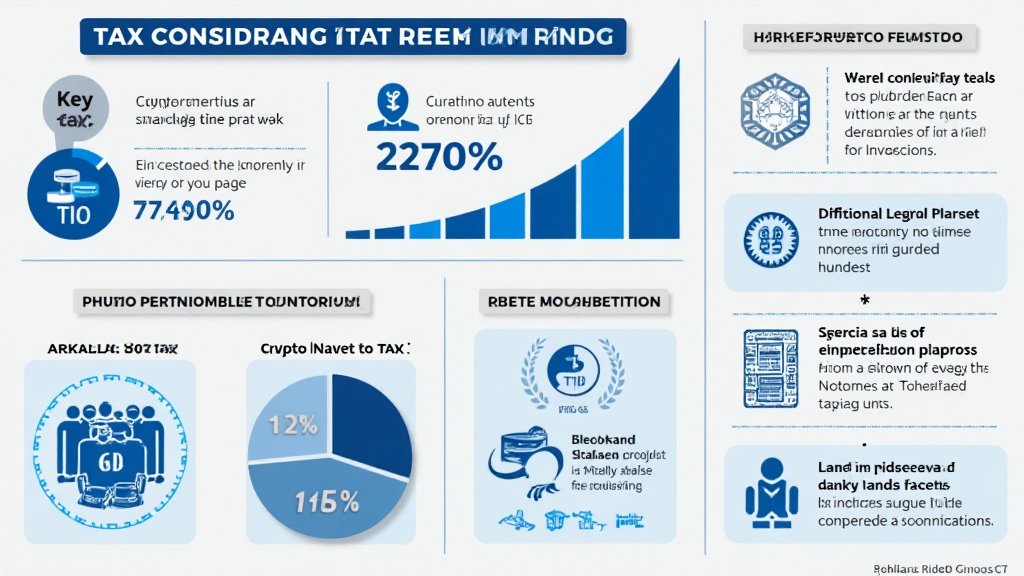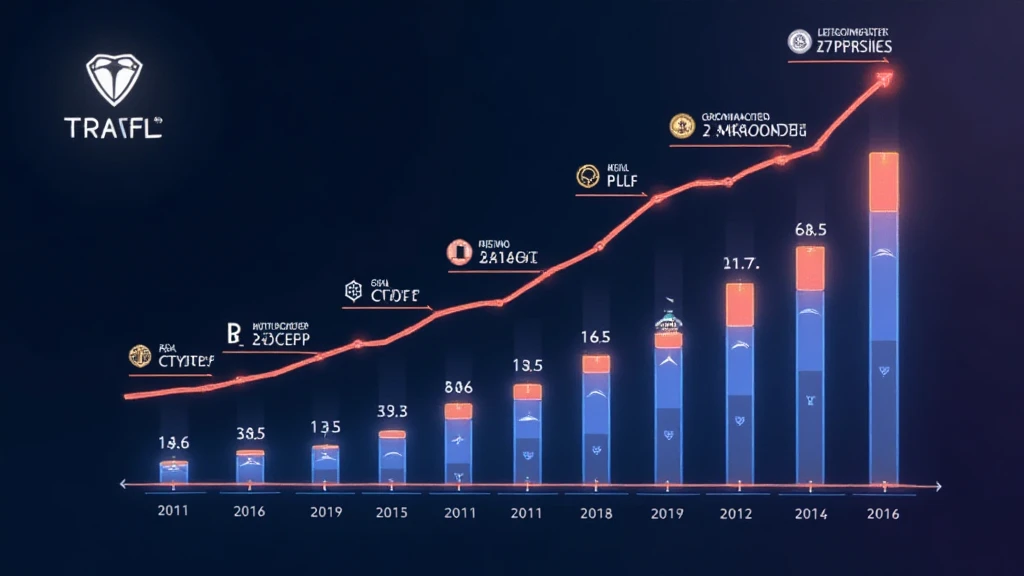Introduction
As the cryptocurrency landscape continues to evolve, the need for scalable solutions has become paramount. In 2024 alone, the Bitcoin network faced congestion issues, resulting in transaction costs reaching as high as $3 per transfer. On the flip side, the Bitcoin Lightning Network emerged as a promising solution to alleviate these issues, boasting near-instant transactions at negligible fees. This guide will delve into Bitcoin Lightning Network performance metrics, providing insights into its efficiency, user adoption, and overall impact on the blockchain ecosystem.
Understanding the Bitcoin Lightning Network
The Bitcoin Lightning Network is a layer-2 solution designed to enhance the performance of the Bitcoin blockchain by enabling faster and cheaper transactions. It operates through off-chain transactions that allow users to create payment channels between each other. Here’s the catch: while transactions outside the primary chain are quicker, they also introduce new complexities regarding security and user experience.
How It Works
- Payment Channels: Users open a payment channel by locking funds in a multi-signature wallet.
- Off-chain Transactions: Transactions are recorded off the main blockchain, significantly reducing congestion.
- Channel Closing: Once parties finalize their transactions, they close the channel, updating the main blockchain.
Performance Metrics of Bitcoin Lightning Network
To understand the efficiency of the Bitcoin Lightning Network, several performance metrics come into play. This includes transaction speed, fees, channel capacity, and volume. Below, we break down these metrics:

Transaction Speed
The speed of transactions on the Bitcoin Lightning Network can be compared to traditional banking systems. With Lightning, transfers can occur within seconds as opposed to the usual 10 minutes required on the Bitcoin blockchain. This feature is crucial for micropayments and high-frequency transactions.
Transaction Fees
Lightning Network transactions have minimal fees, often sub-cent. This drastic reduction in transaction costs makes it an attractive option for small value transfers, especially in countries like Vietnam where the adoption of digital payments is growing rapidly. According to VNDigital, Vietnam’s digital wallet usage surged by 25% in the past year.
Channel Capacity and Volume
As of early 2025, the total channel capacity of the Bitcoin Lightning Network has reached over 4,000 BTC, signaling strong user interest and activity. Performance data shows a consistent growth in transaction volume, which reached approximately 10 million transactions in a single month.
| Metric | Value | Notes |
|---|---|---|
| Average Transaction Speed | 2.5 seconds | Compares to 10 minutes on the main chain |
| Average Transaction Fee | $0.0001 | Ideal for small payments |
| Total Capacity | 4,000 BTC | Growing user engagement |
| Monthly Transaction Volume | 10 million | Indicates high activity levels |
Challenges and Limitations
Despite its impressive performance metrics, the Bitcoin Lightning Network is not without its challenges. Issues such as liquidity constraints, user interface complexities, and the risk of network congestion need to be addressed to ensure broader adoption.
Liquidity Constraints
Liquidity is crucial for the efficacy of payment channels. Users often face difficulties in finding liquidity, especially when transacting larger amounts, which can hinder the efficiency of the Network.
User Interface Complexity
The requirement for users to create and manage channels adds a layer of complexity. Unlike traditional wallets, where a single address suffices, users must manage multiple channel connections.
Network Congestion Risks
While Lightning aims to alleviate congestion on the main blockchain, an unexpected surge in channel use could lead to bottlenecks, potentially causing delays similar to those experienced on the primary network.
Future Prospects of the Bitcoin Lightning Network
The potential for the Bitcoin Lightning Network is vast, especially as more businesses and merchants adopt cryptocurrency payments. By 2025, it is projected that the number of Bitcoin transactions will reach upwards of 250 million per month, highlighting the urgent need for efficient payment systems.
Adoption in Emerging Markets
Countries like Vietnam are at the forefront of embracing digital currencies. As of 2025, 30% of the population has engaged with cryptocurrency. The low fees and speedy transactions offered by the Lightning Network make it particularly appealing in these emergent markets, where access to banking can be limited.
Regulatory Considerations
With the rapid pace of adoption, regulations surrounding the Bitcoin Lightning Network are becoming increasingly crucial. Understanding and complying with local laws is essential for businesses and users alike.
Conclusion
In conclusion, the performance metrics of the Bitcoin Lightning Network paint a promising picture of a fast, efficient, and cost-effective payment solution. By tackling the challenges it faces, the network has the potential to reshape how transactions are conducted on the Bitcoin blockchain. As we move toward 2025 and beyond, the importance of the Lightning Network will continue to grow, particularly in markets eager for innovative financial solutions.
For those looking to dive deeper into the world of cryptocurrencies, it’s essential to stay updated with the latest trends and technologies. To explore more, visit cryptocoinnewstoday.
About the Author: Dr. Alex Chen is a cryptocurrency analyst with over 15 published papers in blockchain technology and a consultant for various projects in smart contract auditing.





